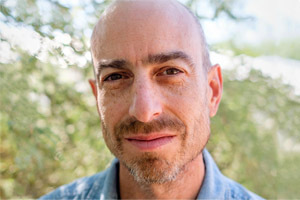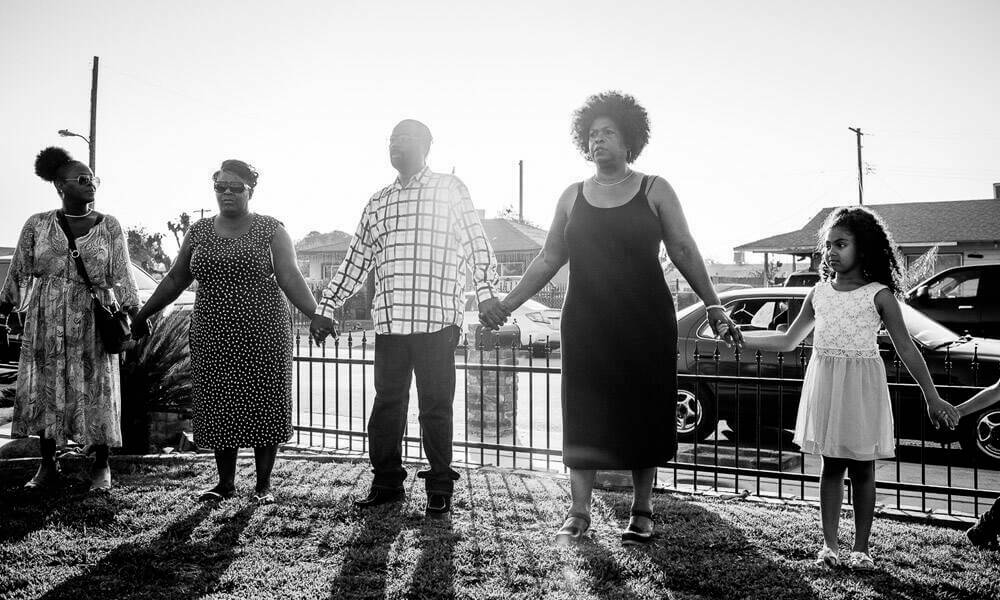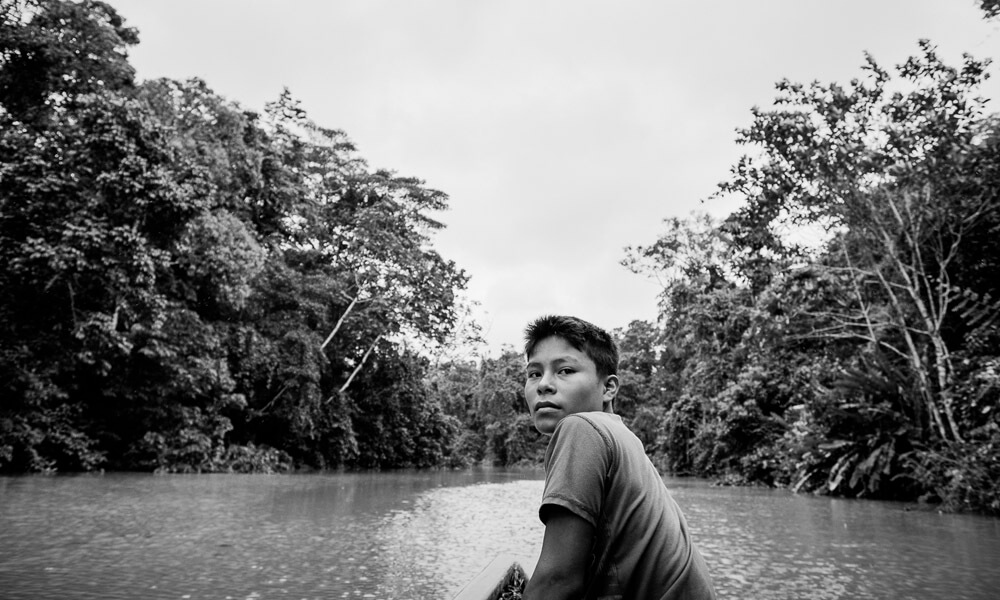
Roberto (Bear) Guerra is a photographer whose work focuses on globalization, human rights, social justice, and environmental justice. He is photo editor at High Country News magazine; a board member and producer at Homelands Productions, an award-winning nonprofit journalism collaborative; and co-founder (with his wife and collaborator, journalist Ruxandra Guidi) of Fonografia Collective.
At Notre Dame, Bear majored in anthropology with a peace studies concentration. As a politically active high school and college student involved in Amnesty International and other activist groups, he pursued peace studies as a way “to better understand how [he] could contribute to a more peaceful world.” From his classes, he remembers foundational “light bulb moments” revealing a “more complex understanding of what peace meant.” Still impacted by these epiphanies today, he recounts, “If we’re going to work for peace in the world, we need to be working for justice, and so that really helped me to understand how to frame so many different things…”
After graduating from Notre Dame in 1995, he traveled extensively, gradually discovering his passion for photography, which he believes “allows us to empathize with others; it allows us to put ourselves in other people’s shoes, if only superficially, but at least in ways we might not ever be able to in real life.”
After assisting other photographers for a few years while he developed his own portfolio, Bear has been working as a freelance photographer since the early 2000s. His work has always been a mix of short term editorial assignments and work for non-profit organizations, and long-term, in-depth documentary projects. In one recent project from 2016-2017, Bear and Ruxandra produced Going Gray in LA, a photographic, print, and audio series of stories about aging. The project was developed for KCRW, a public radio station, and shows the lives of older adults from working class and immigrant communities in Los Angeles, a city characterized by a high cost of living, poor transportation, and portrayal as a “capital of youth.”

The following year, Bear collaborated with his friend and documentary filmmaker Bernardo Ruiz on Harvest Season, a film looking at the Latino influence on the premium wine industry in California from migrant workers to managers to wine label owners. Through their stories, the movie reveals the themes of environmental, labor, and immigration struggles in the industry during a dramatic grape harvest season.

He additionally served as photographer for the book, LIFE IN OIL: Cofán Survival in the Petroleum Fields of Amazonia, which describes the environmental and cultural destruction the Cofán community in the Ecuadorian Amazon faces due to the oil discovered on their land.

“That’s a project that really means a lot to me, and I hope people who read the book recognize the ways we’re all implicated in that situation,” said Bear. “They’re one of the indigenous communities in the Amazon basin that has been most impacted by the exploitation of oil.”
Throughout his career, Bear says the lessons he learned through peace studies have remained foundational.
“[Peace studies] really has informed so many of the types of stories that I work on,” he said.
For audiences in a world saturated with images, he warns that photographs are truthful, but “the truth is much more complex than it might seem. If we're not clear as photographers that... ‘this is my take on this situation, this is how I composed this photograph, this is how I edited this photograph,’ people can be mistaken for thinking that a single frame is the only true depiction of what was happening.”
Bear hopes that while viewing his photographs, “people find a sense of beauty in [his] work, even the work that may be hard to look at. I want people to find a sense of humanity. I want people to find a sense of connection. I want people to feel a sense of empathy for each other, a sense of empathy and connection to the human and non-human world.”
Bear also hopes that the Kroc Institute will continue to help expand the understanding of what peacebuilding work looks like. “I would love to see encouragement for people who are doing art, photography, visual storytelling, or communications and marketing, to see that there is a career path here, or at least there's some overlap in the different ways that peace studies can lay a solid foundation in these fields."
For more information on his work, see http://bearguerra.com/.